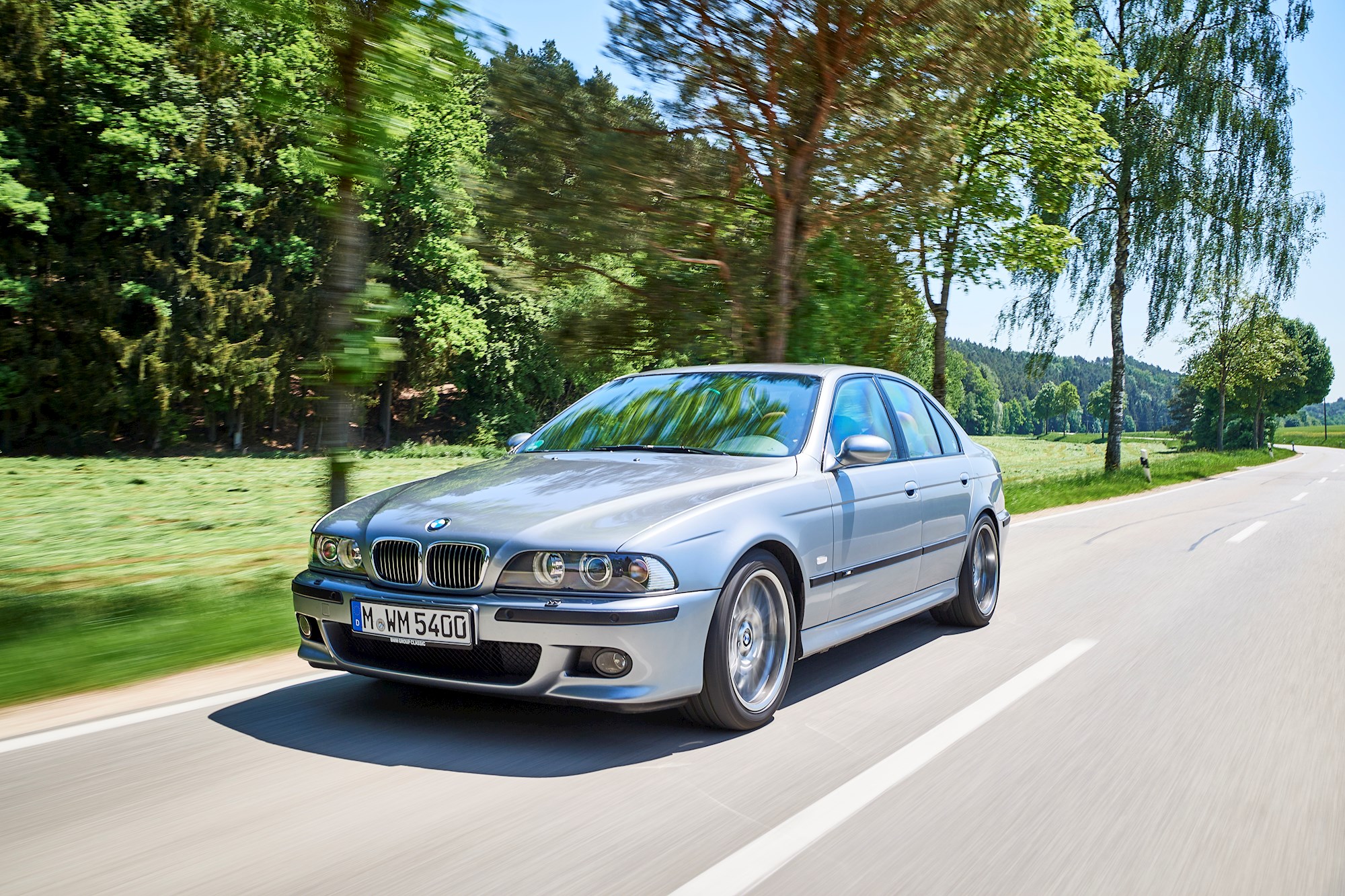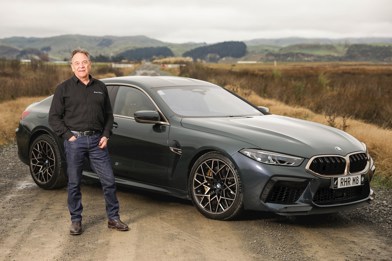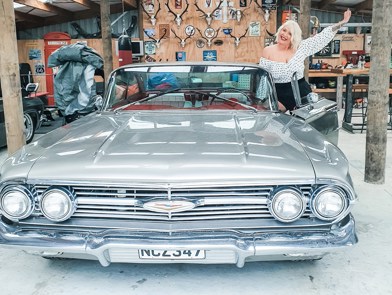Founded in 1972, BMW’s M division is one of the most iconic names in the performance car world. As one of the first factory-backed outfits to bring racing technology to road cars, it has brought some fantastic vehicles to the world.
M’s very first racing project was the iconic 3.0 CSL, and while it had all the factors of a fully-fledged M car, it never wore the badge. The honour of being the first car to wear the M badge went to the aptly named M1, which is still the only mass-produced supercar ever to come from BMW. Considering that this M1 was more of a race car than an everyday driver, BMW M realised that they were probably going to have to change the game plan if they planned to stay afloat.
Fast forward to 1979, and BMW Motorsport decides to change its name to just BMW M, and come out with the M535i, which was a high-performance version of the current 5-Series model.
By modern standards, it wasn’t until 1985 that a ‘proper’ M model would join BMW’s line-up in the form of the E28 M5, which was powered by (basically) the same 3.5-litre straight six found in the M1.
During a recent trip to Germany with BMW to celebrate 50 years of M, we were lucky enough to get behind the wheel of a few iconic BMW M cars. To get the full historic M experience, the first vehicle we drove was none other than the E28 M5.
If I’m honest, the M5 has never really done it for me, as I’ve always seen the M3 as a better car in every sense, and whilst the E28 didn’t change my opinion, I can see why it was loved by many. Despite its large looks, the E28 M5 felt less like the muscle sedan that I had assumed it would be, and more like a sharp sports car. The steering was sharp, and the suspension didn’t float around in corners like other cars of this era did.
Along the same lines, it feels like a V8 with oodles of torque would be more appropriate for a performance car of this era, but the straight-six engine rewards drivers in a different way. Stretching the E28’s legs and revving it all the way out is an experience that can’t be matched by the muscle cars of this era, and it feels like a far more refined experience.

Next up in the BMW Classic fleet was the E39 M5, another icon of the M range. From the get-go, it was obvious that this E39 was built as a luxury car first, and a performance car second. The example that we drove only had covered around 45,000km since new, and the peanut butter-coloured leather interior was immaculate. Supple was the only word that comes to mind when recalling how that M5 drove, from the incredibly comfortable seats, to how it breezed over the rural German roads, and even how the 4.9-litre V8 delivered power in a linear way.
I’d say that I was most pleasantly surprised by the six-speed manual transmission in this E39. It offered a lot of mechanical feedback, and each gear slotted in like it was meant to be there. Unlike the more modern naturally aspirated BMW V8s, the E39’s engine seemed more comfortable in the lower rev range, where the 500Nm of torque pushed it along nicely.
With the reputation that the E39 has in mind, I have to say that I was a little disappointed with it as a whole. This might just be down to the impossible expectations that BMW sets for itself with modern performance vehicles like the M5 CS, but I was hoping for more of an involving experience from this M-badged icon.
Speaking of an involving drive, the last car we got into for the day was the E46 M3, something that I’ve had on my automotive bucket list for as long as I can remember. Though the V8 in the E39 was nice, the raspy and unruly nature of the 3.2-litre straight six is nothing short of addictive.
With just over 4,000km on the clock, the E46 M3 that we drove would be likely considered a unicorn among BMW collectors, but to BMW Classic, it was just another car in the fleet. With such low mileage, it gave a glimpse into what a brand new M3 would’ve been like back in the early 2000s.
It was far less supple than the larger E39, and offered a more direct drive. The manual transmission was fantastically notchy, and the steering offered an impressive amount of road feedback. Sure, it was nowhere near as fast as the new M4 that we had been driving around Munich, but the combination of an analogue feel and instant N/A torque is hard to beat.
Meeting my BMW-badged heroes was an experience of epic proportions, and one that I don’t think will be happening again any time soon. It’d be hard to get a more pure M experience than blasting around Munich’s back roads with three of the best naturally-aspirated engines to ever come from the brand. All three cars offered such different driving experiences that it’s hard to pick a favourite – but if I did have the opportunity to take one home, it’d be the E46.























